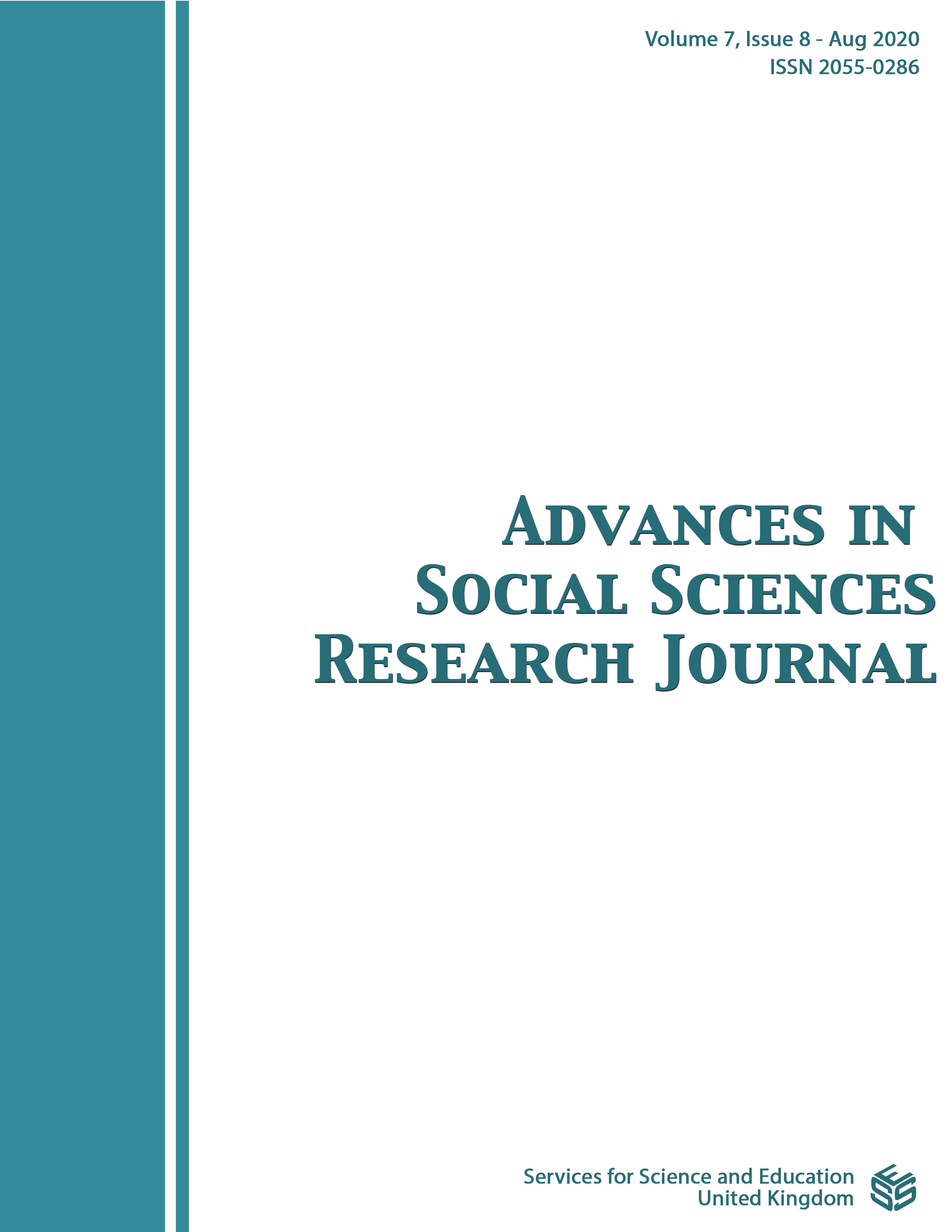Ethnomedicobotany: Exploration of wild biodiversity for immune boosting and others in communities of dry districts of Karnataka, India
DOI:
https://doi.org/10.14738/assrj.78.8712Keywords:
Ethnomedicobotany, medicinal plants, forest divisions, forest ranges, beats, assessment, transit lines, subplots, threatened species, commercially high traded species, natural regeneration, scrub forest, Biodiversity Board, Medicinal Plant Authority, National Medicinal Plant Board.Abstract
Bidar, Raichur and Vijayapura are the three dry districts among others of eastern planes of Karnataka. The forest divisions are corresponding to the districts. They are comparatively backward districts with poverty abundant and with poor medical infrastructure to deal with epidemics like Covid-19 and likewise. The districts experience dry spells frequently but traversed with the major Krishna, Tungabhadra rivers and experience floods, makes population more vulnerable to diseases and epidemics. In spite of dry and rocky terrains, they are abundantly rich in ethnic floral biodiversity. Large numbers of highly traded medicinal plants have been reported. The districts are prone with the biotic pressure on wild herbals mainly of sheep and goats. About 381 species in Bidar; 273 Species in Raichur and 127 species in Vijayapura have been recorded. Many rare and threatened species as per the International Union for Conservation of Nature (IUCN) have also been reported from these divisions. Large numbers of taxa of medicinal properties including highly traded species are found in the districts. The medicinal efficacy of dry zone wild species is considered as very high. The use of herbal combinations for immunity boosting will reduce the pressure from medical infrastructure and increase quality of life. The forests of Bidar district are found having better wild herbal biodiversity, site quality and may be considered immune boosting centre. Ocimum sanctum, considered as one of the best immune boosters of high efficacy is widely found in all the forests of three divisions. The Ayush department of the State may take note of it. Based on the assessment certain areas have been recommended for gene pool conservation for medicinal plants. The percentages of herbs of medicinal value in the floral population are found high in these districts. The study has also laid stress on estimation of herbal medicinal resources for better management.
Downloads
Published
How to Cite
Issue
Section
License
Authors wishing to include figures, tables, or text passages that have already been published elsewhere are required to obtain permission from the copyright owner(s) for both the print and online format and to include evidence that such permission has been granted when submitting their papers. Any material received without such evidence will be assumed to originate from the authors.






